We’ve reached the point in Brand New Animal where one naturally starts to wonder just what the series is trying to say. That happens with shows that have a thought in their head – there are messages in the symbolism to be sure. While BNA isn’t exactly Beastars in that regard, I can’t write everything that’s happening off to plot convenience either – Nakashima Kazuki is too smart a writer for that, even if he doesn’t often show it.
Yes, BNA is definitely improving, crossing the rubicon I set for it after the initial six-episode Netflix dump – it is indeed pursuing the social commentary at the expense of the usual Trigger trope-fest and pandering. There’s rather a lot of interesting stuff going on in these two episodes, in fact. Are we in fact to believe most of what we see here? I’m still not sure about some of it – and that starts with the notion that Michiru and Nazuna were infected accidentally. I’ll buy that Nazuna probably believes that, and that she’s going along with the hunt for a “vaccine” voluntarily. But Nazuna is a foolish girl in many respects, as we’ve seen ample proof of.
Even the story the slithery Alan Sylvastra is peddling is pretty bad. To summarize – the girls infected by accident as part of the drug-running scheme going on at the medical center. Nazuna acting as a beastman Goddess as part of a plan to sooth the savage beasts. Why do they need soothing? Because when beastmen of different species are forced to live together, they eventually go into “Nilvazir Syndome” – they beast factor kicks into overdrive from the stress, and they rampage. The name of course comes from the medieval beastman city Shirou came from, which Alan claims was destroyed not by humans (led by his ancestor) but by rampaging beastmen.
This smells off to me to begin with, but the mayor seems to buy into it. Anima City is nothing, of course, if not a place where beastman of different species are thrown together. It gets worse when Alan reveals to Shirou and Michiru that the cure he’s developing is in fact one that turns beastmen into humans. That’s all well and good (in theory) for someone like Michiru, who was a human in the first place. But for Shirou it’s patently unacceptable, because he would be surrendering his very nature in the name of a so-called cure.
This would make for a pretty good final arc drama if that’s really all that’s going on here. Michiru having to decide where her loyalties lie, and beastmen having to decide (or have the choice taken from them) whether to die or cease to be beastmen at all. But Alan is obviously lying, and it certainly seems to me that rampaging beastmen would be an incredibly valuable weapon for the military – and a valuable commodity for the pharmaceutical company that could make them at will. I’m pretty certain that’s what Alan is peddling to the government minister Shimazu (Ohtsuka Houchu).
We’ll see how that massive plot jumble gets sorted out, but I remain interested in where Nakashima is going with all this. Who are these beastmen, living on the fringes of human society for millennia and now facing a future of extinction, loss of cultural identity, or effective slavery to the military? In a sense I think Brand New Animal would be even more interesting if it turns out that the narrative Alan is pitching is basically true, and it just comes down to a choice between cultural assimilation and annihilation – that would certainly be more of a parallel with some dark moments in human history.


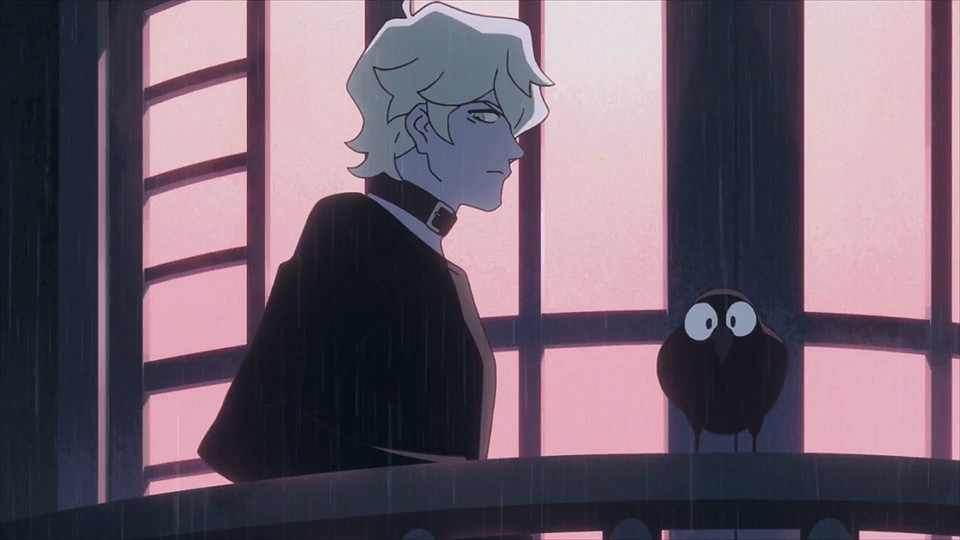
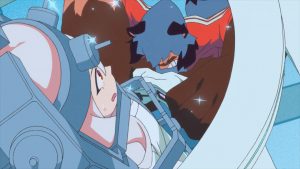
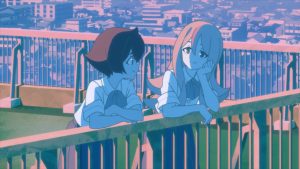
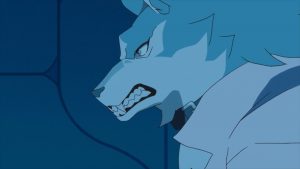
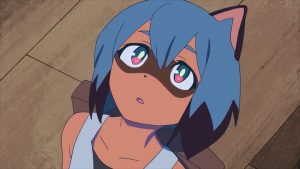
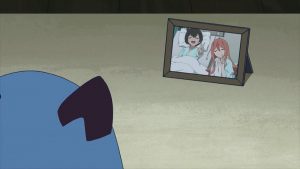
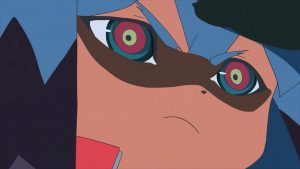
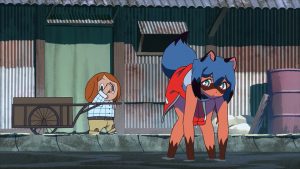

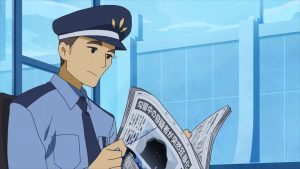

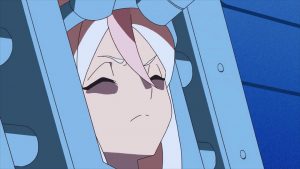





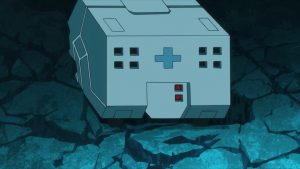





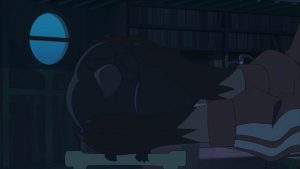
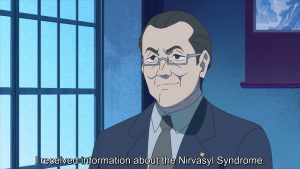

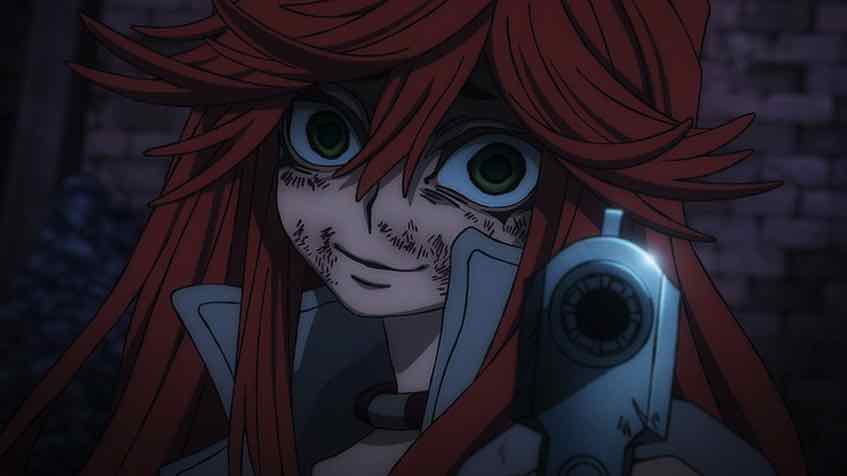
Raikou
May 14, 2020 at 12:20 pmThis is one of the better anime this season and so little discussion.
I really like the plot, Nakashima’s writing is pretty interesting with the syndrome and human/beastmen. Should’ve been two cour to expand the world.
Promare had a similar theme but it was more style than substance.
I always enjoyed what Trigger made, even though the anime they made fluctuate in quality.
Creating original anime is always a challenge and I praise them for making an anime like this.
Guardian Enzo
May 14, 2020 at 12:55 pmDefinitely needed two cour.